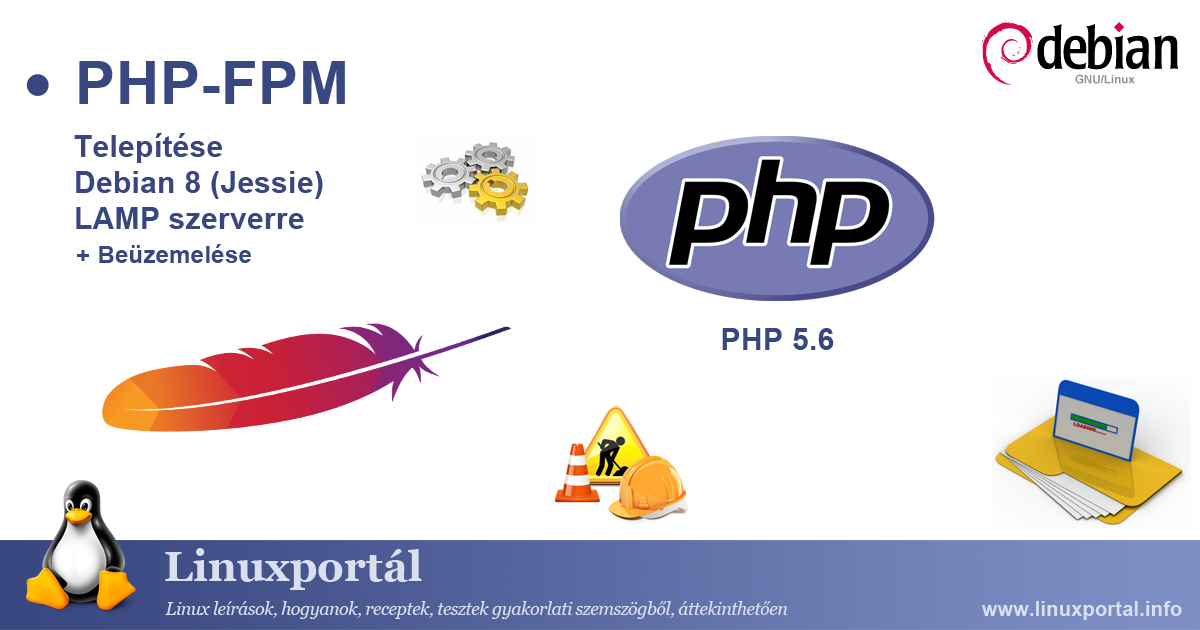setting
How to monitor the temperature of your computer hardware during high heat
In this description, we install a program called lm-sensors, which first detects the temperature sensors available in the computer, and then we can query their current data at any time. Then we will install a program called hddtemp, which will allow us to read the temperature values of the sensors in our hard disks separately. Thus, during the hottest periods, we can regularly monitor the data of our machine so that we can use it optimally.
Rotate and compress log files with Logrotate
If we run many services on our server, comprehensive and regular scanning of our log files becomes difficult. A useful solution is the logrotate command, which automatically rotates log files generated by various programs, compresses older ones and deletes older ones than the specified time, as well as the ability to send email notifications. With the use of the program, we no longer have to worry about the log files being buried after a few days or weeks of absence, because they are waiting in an orderly state for us to review them. In this description we will get acquainted with the general use of the Logrotate program.
How to install PHP-FPM on a Debian 8 (Jessie) LAMP server (page 2)
Mod_php, the default way to run PHP, is outdated and has more modern and secure solutions. In this tutorial, we will install and configure the PHP-FPM (PHP FastCGI Process Manager) server API on an existing Debian 8 (Jessie) + Apache-based LAMP server. On this page, you will learn how to use POOLs to run each web site as a separate user and with PHP settings.
How to install PHP-FPM on a Debian 8 (Jessie) LAMP server
Mod_php, the default way to run PHP, is outdated and has more modern and secure solutions. In this tutorial, we will install and configure the PHP-FPM (PHP FastCGI Process Manager) server API on an existing Debian 8 (Jessie) + Apache-based LAMP server. On this page, after installing PHP-FPM, we make the PHP process manager live with a simple global configuration.










